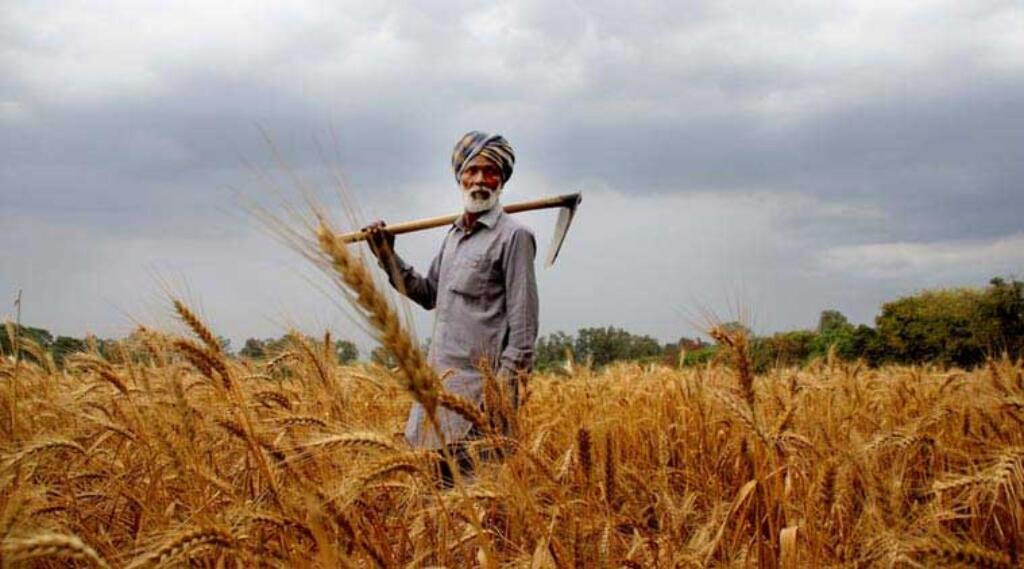In this post, we discuss what agriculture infrastructure fund is, its need & participant involved.
Agriculture Infrastructure fund role is critical for the growth of Agriculture Infrastructure fund and for taking the production dynamics to the next level. It is only through the development of infrastructure, in particular at the post-harvest stage, that production can be efficiently utilized with a value-added opportunity and a fair price for farmers.

The advancement of these infrastructures will also identify the vagaries of nature, regional disparities, the development of human resources, and the maximum potential of our limited land resource.
From the perspective of all these aspects, the Honorable Finance Minister confirmed on 15.05.2020 Rs 1 lakh crore Agri Infrastructure Fund for Farm Gate Agriculture Infrastructure fundfor Farmers.
Funding facility Rs. 1.00000 crore will be given to finance agricultural infrastructure projects at farm gates and aggregation points (primary agricultural cooperatives, farmer producer organizations, agricultural entrepreneurs, start-ups, etc.).
Get maximum subsidy – Hire a warehouse subsidy consultant
The impetus for the growth of farm gate & aggregation point, reasonably priced, and financially viable post-harvest management infrastructure. Accordingly, DAC&FW has developed a central sector scheme to mobilize a medium-long-term debt financing facility for investment in feasible post-harvest management projects Agriculture Infrastructure fund and community farm assets via incentives and financial assistance.
All scheduled commercial banks, scheduled cooperative banks, Regional Rural Banks ( RRBs), Small Finance Banks, Non-Banking Financial Companies (NBFCs) and National Cooperative Development Corporation (NCDC) could take part in providing of this financing facility after signing a Memorandum of Understanding (MOU) with the National Bank for Agriculture Infrastructure fundand Rural Development (NABARD)/DAC&FW.
Why is the agriculture infrastructure fund needed?
Agriculture and allied activities are the main sources of income for 58% of India’s total population. 85% of farmers are smallholder farmers (SHFs) with less than 2 hectares of land under cultivation and manage-45% of Agriculture Infrastructure fund land.
The yearly income of most farmers is quite low. Moreover, India has a restricted Agriculture Infrastructure fund connecting farmers to markets and, as a result, 15-20% of the produce is destroyed, which is generally higher compared to other nations where it would be between 5-15%.
Investment in agriculture in India has continued to stagnate with less than 2% CAGR over the last 5 years. Investment in FY17 was Rs. 2.19 lac crore, out of which private industry had a share of-83% vs. a higher investment of-Rs. 2.50 lac crore in FY14 and a higher private sector share of-88%.
The lack of investor confidence also leads to a lower plow back ratio (-14% of gross value added in FY18) vs. other sectors ( 33% of Gross Value Addition in FY18.)



